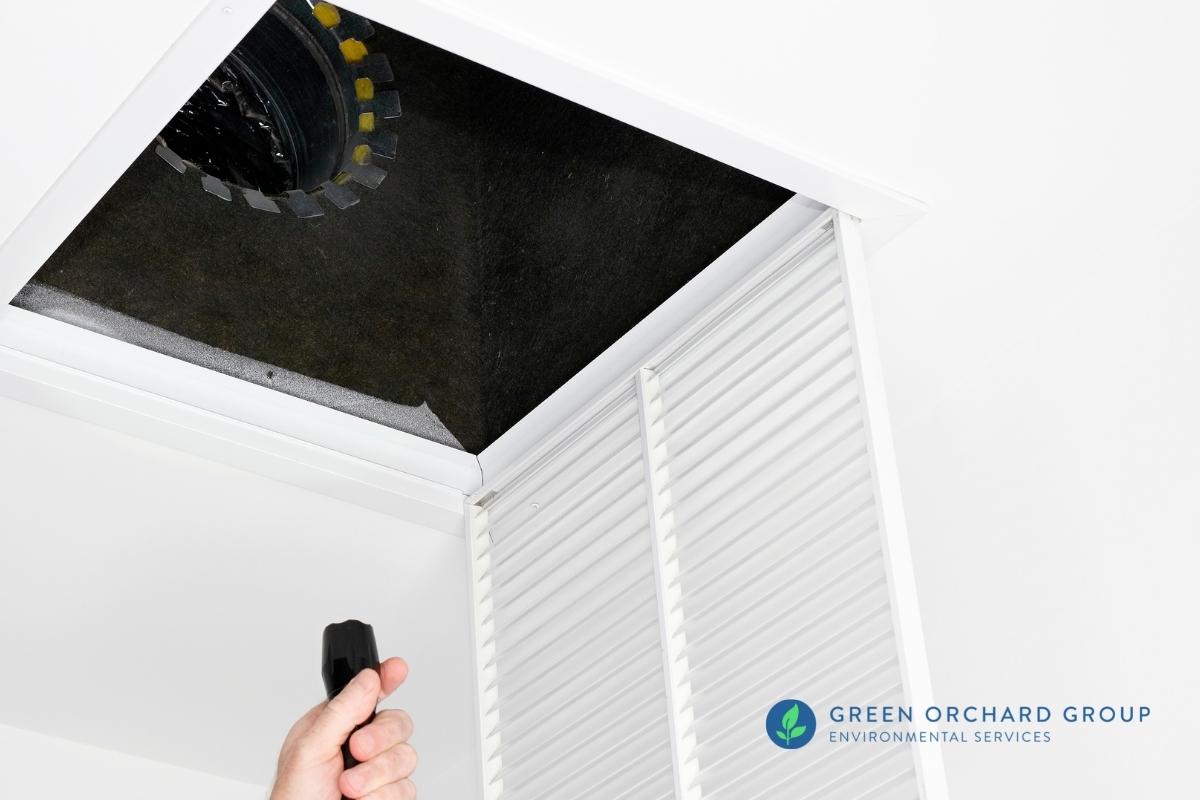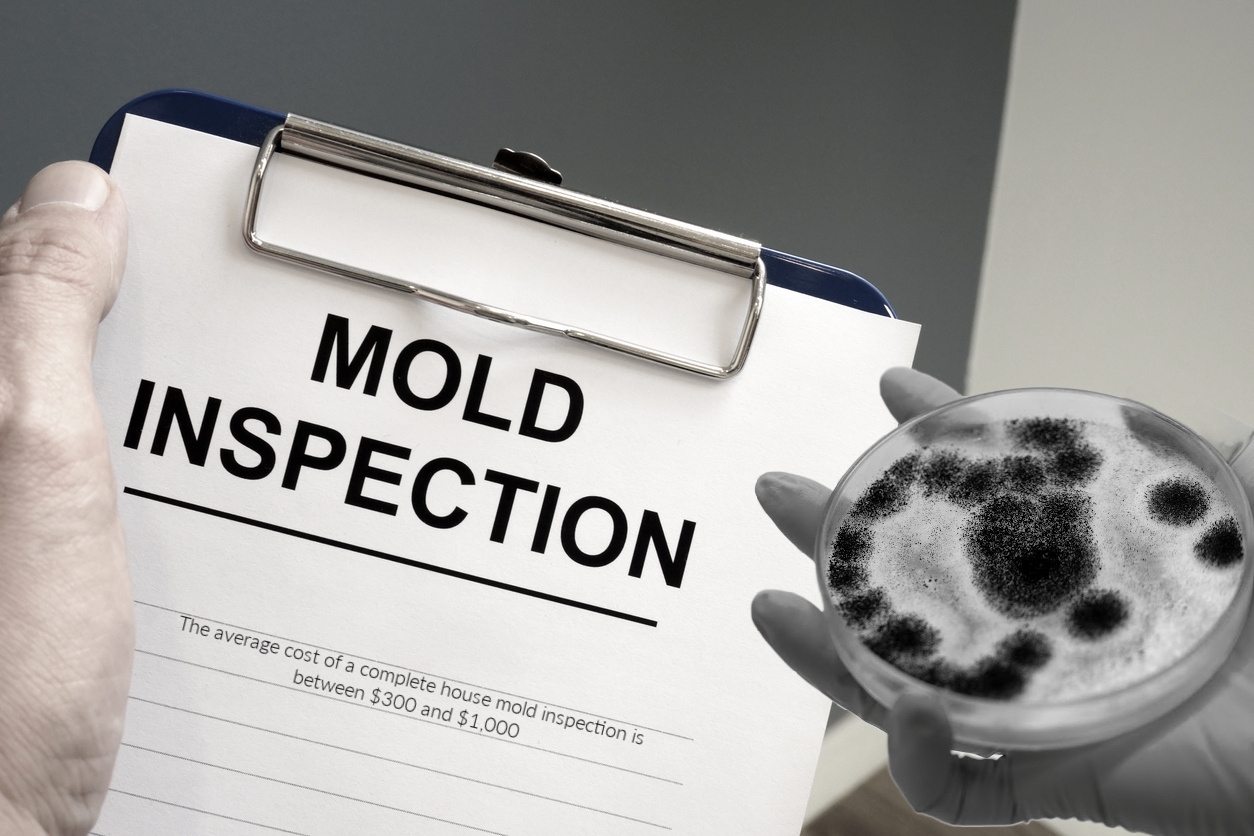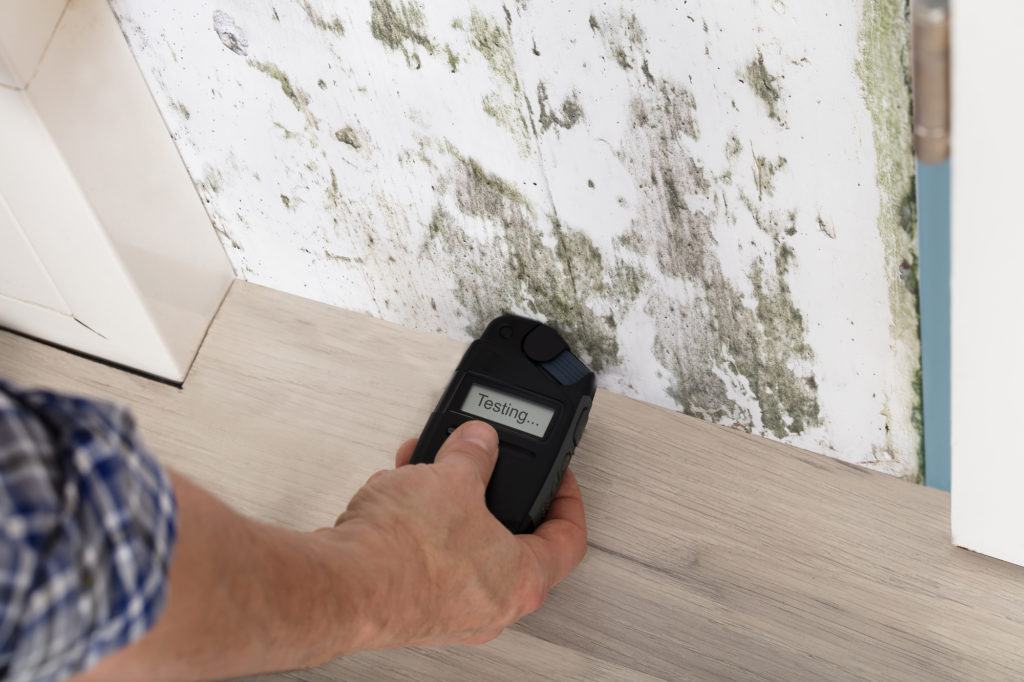Making Sure Post Remediation Verification Accuracy
Making Sure Post Remediation Verification Accuracy
Blog Article
Your Ultimate Overview to Article Mold Removal Methods
In the aftermath of mold invasion, recognizing how to properly eradicate the mold and avoid its reoccurrence is paramount for keeping a healthy interior setting. From selecting the right cleansing and decontaminating methods to applying approaches for long-term mold and mildew avoidance, each step in the removal journey plays a vital role in making sure a successful result.
Understanding Post-Mold Remediation Process
After completing the mold removal process, it is important to understand the post-mold remediation techniques that are required to ensure a complete and reliable cleanup. Once the mold has actually been removed, the next step involves cleaning and disinfecting the influenced areas to avoid any kind of regrowth of mold. This consists of utilizing specialized cleansing representatives to clean down surface areas and eliminate any kind of remaining mold spores. It is necessary to dry out the location totally to discourage the growth of mold in the future (testing air quality after mold remediation). Proper ventilation and dehumidification can help in this process.
In addition, performing a final assessment post-remediation is vital to make certain that all mold has been efficiently eradicated. This inspection should entail a comprehensive aesthetic check along with possibly air sampling to validate the lack of mold spores in the air. Added remediation might be needed if the examination exposes any kind of sticking around mold. Last but not least, enlightening passengers on safety nets such as managing wetness degrees and promptly addressing any type of water leaks can aid maintain a mold-free environment.
Efficient Cleansing and Disinfecting Approaches

Stopping Future Mold Growth

Significance of Appropriate Ventilation
Appropriate ventilation plays a crucial function in avoiding dampness build-up, a vital factor in mold and mildew development within indoor environments. Effective air flow systems help eliminate excess humidity from the air, minimizing the possibilities of mold and mildew spores locating the moisture they require to sprout and spread. Without sufficient air flow, indoor spaces can end up being a breeding ground for mold and mildew, causing possible health dangers and architectural damage.
By making sure proper air blood circulation, ventilation systems can also help in drying wet areas quicker after water damages or flooding cases, additionally deterring mold and mildew growth. testing air quality after mold remediation. Precede like washrooms, attic rooms, kitchens, and basements where moisture degrees tend to be greater, mounting and keeping effective air flow systems is important in protecting against mold infestations

Surveillance and Maintenance Tips
Provided the crucial duty that correct ventilation plays in avoiding mold growth, it is imperative to develop effective tracking and maintenance pointers to make certain the continued performance of air flow systems. Regular inspections of ventilation systems ought to be performed to look for any type of indications of blockages, leakages, or breakdowns that can impede correct air flow. Monitoring moisture degrees within the residential property is also critical, as high moisture can add to mold development. Setting up a hygrometer can help track moisture degrees and sharp property owners to any kind of spikes that may require focus. In addition, making sure that air filters are frequently cleaned up or replaced is necessary for keeping the performance of the ventilation system. Implementing a timetable for routine upkeep tasks, such as duct cleansing and a/c system inspections, can help stop issues before they escalate. By remaining aggressive and conscientious to the condition of air flow systems, homeowner can effectively alleviate Post Remediation verification the threat of mold regrowth and preserve a healthy indoor setting.
Verdict
In verdict, post-mold remediation strategies are important for guaranteeing a tidy and risk-free setting. Recognizing the procedure, carrying out efficient cleaning and decontaminating techniques, avoiding future mold and mildew growth, maintaining appropriate ventilation, and regular surveillance are all crucial action in the removal process. By following these standards, you can effectively remove mold and mildew and avoid its return, working or advertising a healthy and balanced living room for all occupants.
In the aftermath of mold infestation, knowing just how to efficiently eradicate the mold and mildew and stop its reoccurrence is critical for preserving a healthy and balanced indoor environment. Once the mold has been gotten rid of, the next action includes cleansing and sanitizing the influenced areas to avoid any type of regrowth of mold and mildew - After mold remediation. After removing visible mold and mildew development, it is essential to clean all surface areas in the afflicted location to eliminate any staying mold spores. To additionally boost mold avoidance actions, it is vital to attend to underlying problems that at first led to mold and mildew growth.Given the critical duty that proper ventilation plays in protecting against mold development, it is necessary to establish effective monitoring and upkeep ideas to guarantee the continued capability of air flow systems
Report this page